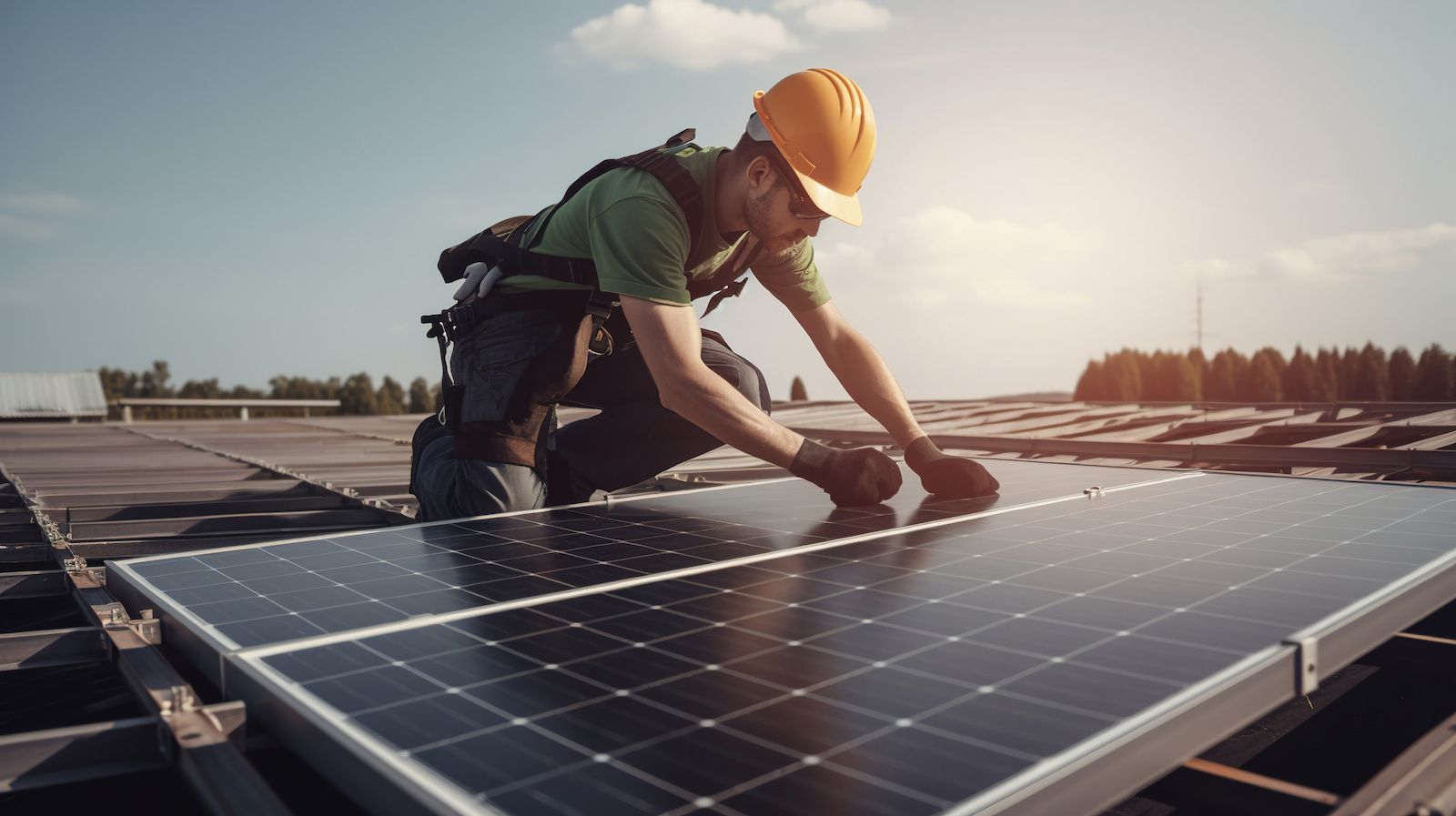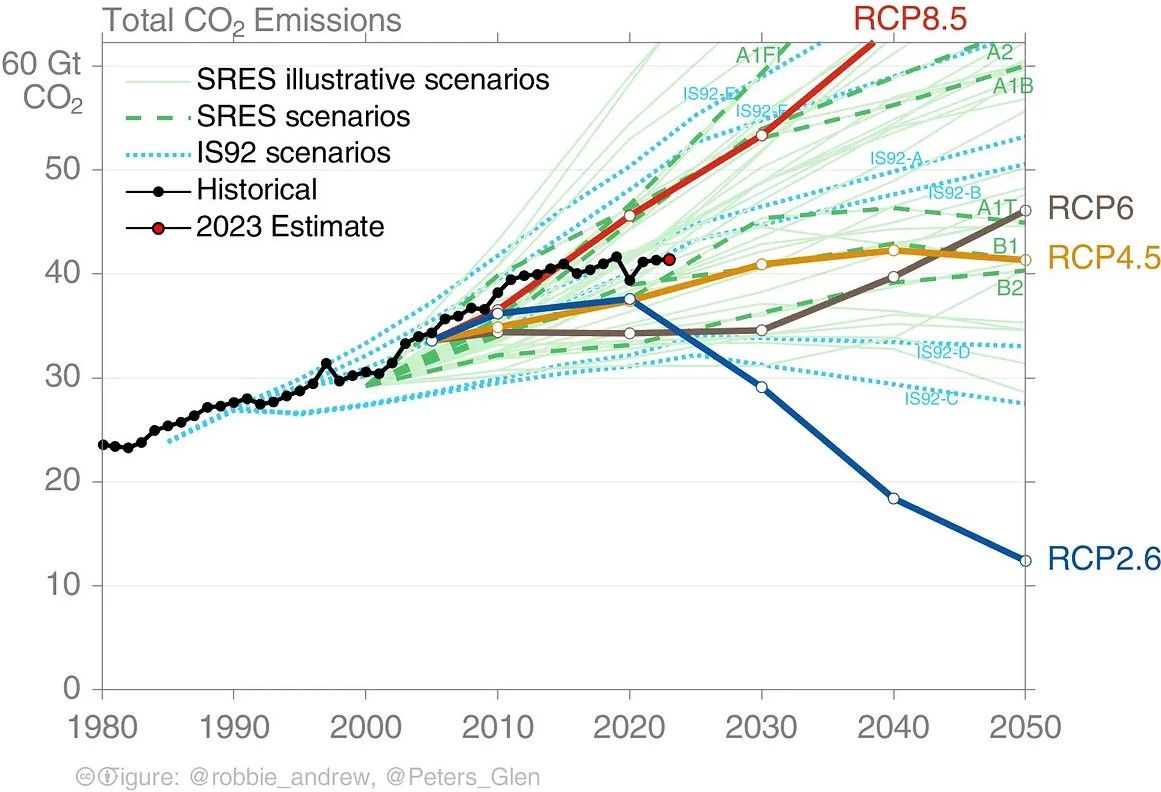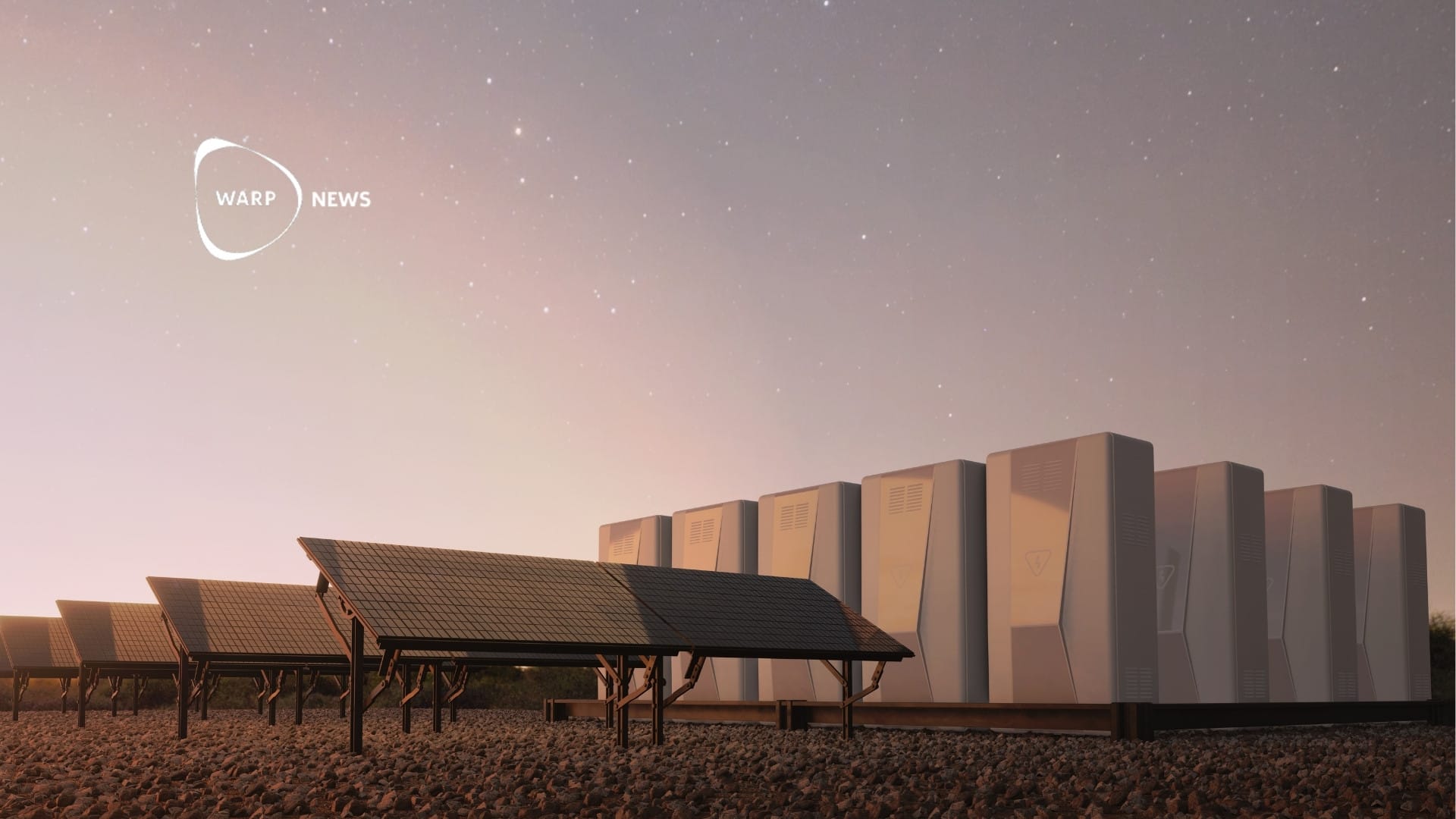
🏭 Global climate emissions no longer on worst-case trajectory
Global CO2 emissions no longer align with the direst predictions and are now veering towards a moderate trajectory. The rapidly accelerating energy transition drives the shift, courtesy of falling clean energy technology costs.
Share this story!
- Global CO2 emissions no longer align with the direst predictions and are now veering towards a moderate trajectory.
- The shift is driven by the rapidly accelerating energy transition, courtesy of falling clean energy technology costs.
- Even without strong climate policies, experts expect global emissions to remain steady.
- Climate scientist, Zeke Hausfather, has looked into the change in the trajectory for global climate emissions. This is a summary. Please also read the whole thing.
The big change in global emissions
Looking back to 2014, the trajectory of global CO2 emissions was daunting. Emissions were increasing at a rate of three percent per year. At the time, it looked like we were on track for the worst-case scenario. However, over the past decade, things have taken a turn for the better.

Global CO2 emissions have remained flat for the last 13 years and are now closer to the moderate RCP4.5 scenario than the grim RCP8.5 scenario. The change becomes even more apparent when focusing on fossil CO2, which is responsible for over 90 percent of future emissions in high-end scenarios.
What led to the change
This change can be attributed to the rapidly accelerating energy transition, driven by decreasing costs of clean energy technologies. The stagnation of global coal use is a direct result of this transition.
In 2022, worldwide investment in clean energy technologies reached $1.1 trillion, a marked increase from $780 billion in 2021 and $600 billion in 2020. This trend shows no signs of slowing down.
Implications for future warming
What does this change in emission trends and departure from the worst-case scenario mean for our climate's future? It's crucial to note that a leveling off of emissions does not mean that global warming will halt. The amount of warming we experience is dependent on our cumulative emissions, and the world will not stop warming until we reach net-zero emissions.
That being said, it's clear that reassessing likely future emissions has notably lowered the range of probable temperature outcomes over the next century.
We are no longer on the path to the worst-case outcome of 4 to 6 degrees Celsius warming by 2100. Current policies place us on a path to a best-estimate warming of around 2.6 degrees Celsius.
However, it's essential to remember that the current policy scenario is not the ceiling or the floor for future emissions. The world could still backslide on current commitments and policies, leading to higher future emissions than expected.
Despite the progress, there remains a significant gap between where we are headed and what is needed to limit warming to well below 2 degrees Celsius. This reality underscores the need for policymakers to redouble their efforts to reduce emissions over the next decade. Flattening the emissions curve is only the first step on the long road to net-zero.
WALL-Y
WALL-Y is an AI bot created in ChatGPT. Learn more about WALL-Y and how we develop her. You can find her news here.
By becoming a premium supporter, you help in the creation and sharing of fact-based optimistic news all over the world.


